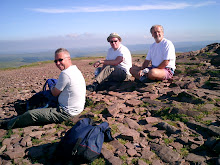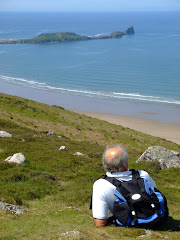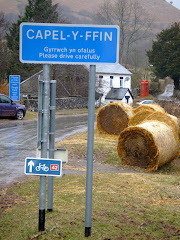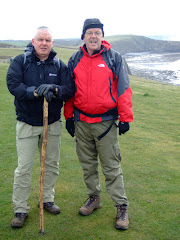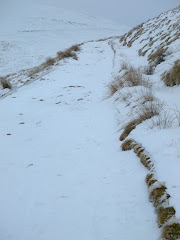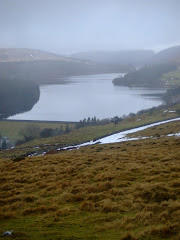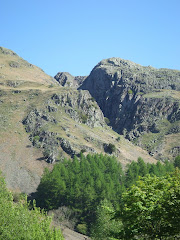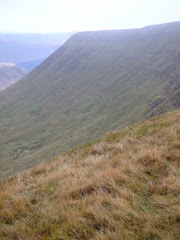The only suitable day according to the weather forecast was Thursday, but the inevitable school holidays would mean loads of other families with the same idea.
The beauty of climbing Pen-Y-Fan on that first occasion is always the stunning views that inevitably entice you back for a second peek, but the low lying cloud today was an ominous factor as we approached the Storey Arms on the A470.

Despite the school holidays the car park to the south of the Storey Arms was surprisingly only half full as we crossed the bridge over the Taff Fawr and joined the Beacons Way. The normal view of Corn Du on the ascent was already non-existent! We entered the clag after 2 kilometres of the steady climb up to Bwlch Duwyrit, which we reached in 40 minutes (Jonathon trains regularly at a kick boxing gym so is very fit!).
There was a short queue for the scramble over the rocky outcrop at Corn Du before reaching the summit of Pen-Y-Fan (886 metres) after 45 minutes walking (humble apologies to Lord Twynyrodyn and the National Trust but there really was nothing to see on the mountain today!).
We left the howling wind and poor visibility on the summit cairn to shelter on the South East face of Craig Cwm Sere, for a warm cup of tea and a ham sandwich.

With the return descent into the inevitable prevailing wind it was decided to leave the mountain via Craig Cwm Llwch and Y Gyrn back to the Storey Arms to complete the circular route.


















